Vietnam Airlines General Meeting of Shareholders: Moving towards balanced revenue and expenditure in 2024
If the aviation market develops favorably, Vietnam Airlines can achieve positive profits in 2024 (about VND 105 billion), the year-end equity target will improve slightly, and the pre-tax profit margin/total revenue will reach a positive level of 0.13%.
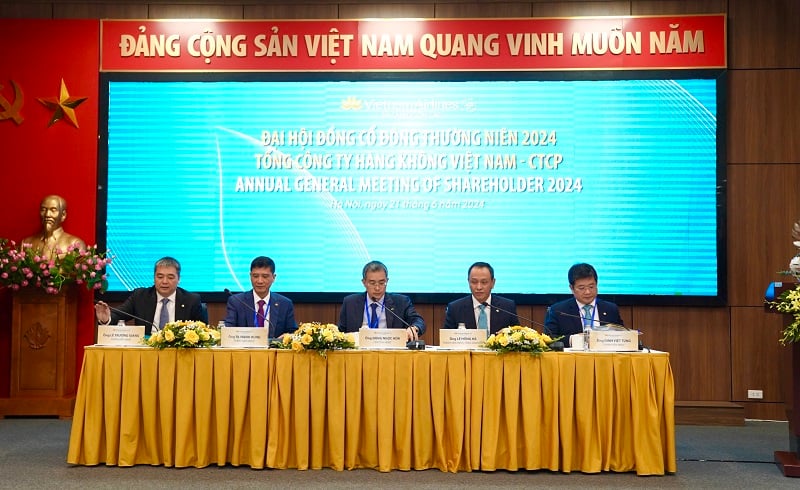 |
| The Presidium of the Vietnam Airlines Annual General Meeting of Shareholders 2024. |
This morning (June 21), Vietnam Airlines Corporation (Vietnam Airlines, stock code HVN) held its 2024 Annual General Meeting of Shareholders with the expectation of continuing to maintain the strong recovery momentum formed since 2023.
Two growth scenarios
As usual, in 2024, Vietnam Airlines continues to build a cautious production and business plan. This is even more reasonable when unfavorable and unpredictable factors in the first 6 months of 2024 have been negatively affecting the domestic and global aviation industry.
Specifically, entering 2024, the world economic and political situation is expected to continue to be difficult. Political conflicts such as Russia - Ukraine, Israel - Hamas have caused supply chain disruptions, greatly affecting global production and economic activities, especially fuel prices. Specifically, fuel prices continue to remain high at around 104 USD/barrel.
It is known that the planned jet fuel price for 2024 is built at about 104 USD/barrel based on the reference to the forecast of Brent crude oil price according to some international financial organizations (about 80 USD/barrel) and the crack between crude oil and jet fuel (about 30%). The current forecast of fuel prices for 2024 has not changed much compared to the above forecast.
With the current production output, when the fuel price changes by 1 USD/barrel, the operating cost of Vietnam Airlines will change by about 230 billion/year. This creates great pressure on the production and business activities of airlines in general and Vietnam Airlines in particular.
Regarding passenger travel demand, most organizations forecast that global passenger traffic will fully recover compared to 2019. However, the Asia-Pacific region is expected to need more time to recover. In particular, the Northeast Asia region is considered unable to fully recover in 2024 due to the economic situation, inflation and currency devaluation.
For the domestic market, the macro-economic environment still contains risks. In addition, the overload of airport infrastructure continues to be serious.
For the international market going to Vietnam, the market is expected to still not reach pre-pandemic levels due to concerns about economic recession, political conflicts between Russia - Ukraine, Israel - Hamas showing no signs of cooling down and devaluation of local currencies in major markets (Japan, Korea, Europe, etc.) causing customers' purchasing power and foreign travel demand to decline.
According to Vietnam Airlines' assessment, the Chinese market (the second largest tourist market) is recovering very slowly, although the Chinese government has relaxed immigration policies since early 2023. The Japanese tourist market is currently only at 60% of pre-Covid-19 levels.
The last but biggest problem next year is the Pratt & Whitney engine problem on A321/320 NEO aircraft, causing instability and shortage of aircraft resources, directly affecting the plan to operate, recover and expand the flight network after the pandemic.
“This situation could last until 2025. Vietnam Airlines currently has 11 Airbus320s and 2 A350s grounded waiting to fix engine-related problems. Vietnam Airlines is implementing many synchronous solutions, but the top priority is to ensure absolute operational safety in all situations,” emphasized Mr. Le Hong Ha, General Director of Vietnam Airlines.
Based on the above input factors, Vietnam Airlines has proposed two scenarios for the total market depending on the recovery progress of this group of routes.
For the international market (including charter flights), high scenario: total market passengers are expected to increase by 19.9% compared to 2023 and recover by 92% compared to 2019; medium scenario: total market passengers are expected to increase by 13% compared to 2022 and recover by 87% compared to 2019.
For the domestic aviation market, Vietnam Airlines said the scenarios depend on the impact of the macroeconomic situation and the ability of airlines to supply capacity in the context of a shortage of aircraft resources.
High scenario: Macro solutions are strongly implemented, the economy shows signs of recovery, airlines have plans to compensate for supply overload. Total market passengers are expected to increase by 2.5% compared to 2023 and increase by 10% compared to 2019. - Medium scenario: Stimulus solutions have a slow impact, people's purchasing power has not improved significantly, airlines have no plans to compensate.
According to Mr. Dang Ngoc Hoa, Chairman of the Board of Directors of Vietnam Airlines, “In 2024, the aviation business environment will still face many challenges from the global geopolitical and economic situation. Based on the forecast of the business environment, Vietnam Airlines has developed key goals, directions and tasks. In particular, the airline focuses on implementing the restructuring project, with comprehensive solutions on restructuring assets, capital sources, investment portfolio, organizational structure and corporate governance innovation.
“Vietnam Airlines’ most difficult time has passed. The big goal in 2024 is still to reduce the remaining losses and balance revenue and expenditure in 2024,” said Mr. Dang Ngoc Hoa.
It is expected that in 2024, Vietnam Airlines will transport 22.64 million passengers, an increase of 7.6% over the same period and equal to 99% compared to 2019. Of which, international passenger output will reach 7.64 million passengers (including charter flights), an increase of 120.2% over the same period and equal to 84.4% compared to 2019. Domestic passenger output will reach 15 million passengers, an increase of 2.2% over the same period and an increase of 8.7% compared to 2019.
To achieve this goal, Vietnam Airlines is implementing synchronous solutions in all aspects of production and business. For the international market, the airline will expand its international flight network with new routes to Western Europe and Southeast Asia in 2024.
For the domestic market, the airline adjusts flight frequencies to suit market demand, maintains its main market share on key routes and increases capacity on tourist routes. The corporation proactively develops operational plans according to planned scenarios, and improves its capacity to manage products and prices.
Regarding the fleet, Vietnam Airlines focuses on preparing for investment in the narrow-body aircraft project and the A321ceo aircraft configuration conversion project to improve operational efficiency, meet market demand and develop in line with the fleet restructuring orientation. The Corporation will also complete investment preparation for the synchronous service complex at Long Thanh International Airport to move to the investment implementation phase.
In addition, Vietnam Airlines will implement synchronous solutions to increase revenue and income, continue to drastically implement cost management and optimization, and improve the efficiency of resource use, especially the aircraft fleet.
Vietnam Airlines also plans to divest from TCS to supplement revenue and cash flow (Vietnam Airlines has included in its 2024 plan about VND 1,700 billion in revenue from divestment from TCS on a cautious basis regarding the value and progress of divestment).
As a result, the parent company's and consolidated business results in 2024 are expected to achieve the target of balanced revenue and expenditure; in which the parent company's pre-tax profit will reach VND 105 billion and consolidated profit will be VND 4,524 billion.
However, according to a representative of Vietnam Airlines, the cash flow situation in 2024 is expected to be very difficult due to many restructured debts due for payment during the year, especially from July 2024 when refinancing loans begin to mature.
With an expected profit of about VND 105 billion in 2024, the year-end equity target improved slightly, and the pre-tax profit margin/total revenue reached a positive level of 0.13%.
If the above expected business results are achieved, TCS divestment is completed and recapitalization is extended, Vietnam Airlines is expected to maintain a balanced cash flow during the year, with a cash surplus at the end of the period of about VND 517 billion, and short-term solvency is slightly improved to 0.11.
A solid foundation for recovery
It is known that the Consolidated Financial Statement and the Financial Statement of the Parent Company - Vietnam Airlines in the first quarter of 2024 show that in the first 3 months of 2024, Vietnam Airlines achieved a profit after corporate income tax of VND 4,441 billion (in the first quarter of 2023, it was negative VND 37.3 billion), of which the profit after tax of the parent company Vietnam Airlines was VND 1,499 billion.
This is the largest consolidated profit after tax in the first quarter that Vietnam Airlines has achieved since switching to a joint stock company model in 2014. In particular, the net profit target achieved by the national airline (VND 900 billion) has shown the prospect that Vietnam Airlines will reach a positive profit milestone in 2024.
Although the business results for the second quarter of 2024 have not been announced, the continued recovery of the aviation market will certainly help Vietnam Airlines achieve positive business results in the first 6 months of 2024.
In fact, Vietnam Airlines' strong recovery momentum has been clearly demonstrated in its 2023 business results, despite facing overlapping negative shocks such as the Covid-19 pandemic, the conflict between Russia and Ukraine; adverse fluctuations in exchange rates, fuel prices and tighter monetary policy to curb inflation.
In 2023, Vietnam Airlines transported 21.4 million passengers and 224,800 tons of cargo, up 15.3% and 5.5% year-on-year, respectively. The improved operating situation helped Vietnam Airlines' business results recover significantly. Vietnam Airlines achieved VND 93,265 billion in consolidated revenue, nearly 30% higher than the same period in 2022 and approaching the peak in 2019. The consolidated loss before tax decreased by VND 5,583 billion, half that of 2022.
Besides some market advantages, the above results are obtained from Vietnam Airlines' own practical solutions.
In 2023, Vietnam Airlines quickly restored its domestic flight network and most international routes compared to before the Covid-19 pandemic; at the same time, it opened new routes to Australia and India. Basically, Vietnam Airlines' international routes before the Covid-19 pandemic have been restored and it is continuing to open a number of new international routes, including routes to Northern Europe,
Vietnam Airlines has also proactively implemented many synchronous solutions such as: cutting costs, thoroughly saving; negotiating payment deferrals; restructuring loans; continuing to flexibly use short-term loans..., thereby helping to clearly improve the liquidity and continuous operation of the airline.
“These factors help us maintain our position as the domestic airline with the largest flight network today, while creating a solid foundation for Vietnam Airlines to have a more spectacular breakthrough in 2024,” said Mr. Le Hong Ha, General Director of Vietnam Airlines.
Regarding the progress of implementing the Corporation's restructuring project for the 2021-2025 period, a representative of Vietnam Airlines said that at the 2022 Annual General Meeting of Shareholders on June 28, 2022, the General Meeting of Shareholders authorized the Board of Directors to approve and implement the Vietnam Airlines restructuring project after the competent authority approved the principles for solutions to remove difficulties for Vietnam Airlines, and reported the implementation results to the General Meeting of Shareholders.
In the past time, based on assessments of the impact of the Covid pandemic on the production and business activities and financial situation of Vietnam Airlines, based on the directions of the Capital Management Committee and comments from Ministries and Departments, Vietnam Airlines has developed and is continuing to complete the Overall Project of solutions to support and remove difficulties caused by the impact of the Covid19 pandemic so that Vietnam Airlines can soon recover and develop sustainably in the period 2021-2035 (Overall Project), and at the same time propose solutions to support and remove difficulties for Vietnam Airlines due to the impact of the Covid19 pandemic.
The solutions stated in the Master Plan are an important basis for Vietnam Airlines to complete and approve the Vietnam Airlines restructuring plan, ensuring connectivity and consistency between the two plans.
Up to now, the Board of Directors has not approved the Vietnam Airlines restructuring plan because the competent authorities are still in the process of considering solutions to remove difficulties for Vietnam Airlines as stated in the master plan. Recently, Vietnam Airlines has been actively and closely coordinating with state agencies to report and explain to the competent authorities about the master plan.
While waiting for competent authorities to approve the solutions stated in the Master Plan and approve the Restructuring Plan, the Corporation has proactively implemented solutions to comprehensively restructure the enterprise such as: flexibly operating production and business activities in line with market developments and disease developments; taking advantage of every opportunity to increase revenue and cash flow for the enterprise; thoroughly implementing savings, cutting costs, implementing management and optimizing costs in all areas; restructuring loans; implementing asset restructuring through selling/liquidating old aircraft, Sales & Lease Back (SLB) of spare engines; promoting restructuring of a number of investment portfolios; restructuring the organization, streamlining the apparatus, strongly implementing corporate governance innovation, applying information technology solutions and digital transformation in all areas of operation.
In particular, Vietnam Airlines has reported to competent authorities the plan to extend the refinancing loan according to Resolution No. 135/2020/QH14 dated November 17, 2020.
“Internal solutions as well as the removal of difficulties by competent authorities have helped Vietnam Airlines adapt to the new situation, while generating income and supplementing cash flow, thereby helping Vietnam Airlines improve business results, effectively respond to the unpredictable developments of the pandemic as well as gradually recover after the pandemic,” Mr. Dang Ngoc Hoa assessed.
At the 2023 Annual General Meeting of Shareholders, Vietnam Airlines approved a plan to continue liquidating 6 Airbus A321 Ceo aircraft. In the context of the actual fleet size being reduced due to the engine recall, will Vietnam Airlines change the liquidation roadmap of the above aircraft?
The 2023 General Meeting of Shareholders approved the sale of 6 A321CEO aircraft. This is also part of the plan to replace (phase out) the old fleet to renew Vietnam Airlines' fleet with newer technology aircraft to save costs, ensure stability in operations and improve service quality. However, due to the problem of the global engine supply chain of the A321NEO aircraft, many Vietnam Airlines aircraft have had to stop operating, affecting Vietnam Airlines' production and business activities, especially in the period of 2024-2025. Therefore, to ensure the fleet operates according to aircraft demand, Vietnam Airlines must make adjustments to the plan to liquidate the A321CEO fleet, including postponing the sale of 6 A321CEO aircraft to meet the airline's aircraft demand.
In addition, Vietnam Airlines will continue to implement the renewal of its fleet in the coming time, accordingly considering the option of selling or SLB (sale-leaseback) aircraft based on the actual market situation and the need to supplement funds for production and business activities.
Many people believe that the Vietnam-US route is only a political symbol and not a real business success, and is even a financial burden for the airline. Could you please share your opinion on the above statement, Vietnam Airlines?
This is a political task and will bring long-term profits to the national airline. Currently, the Ho Chi Minh City - San Francisco route has not been effective in terms of total costs, the main reason is that the long flight distance makes the aircraft not fully loaded, however, from an overall perspective, the route has contributed to the overall production and business efficiency of Vietnam Airlines.
Specifically, the Ho Chi Minh City - San Francisco route has helped increase the efficiency of the wide-body fleet, especially the A350/B787 fleet. In the context of Vietnam Airlines' traditional markets such as China and Japan recovering slowly, the Ho Chi Minh City - San Francisco route not only brings in revenue on the Ho Chi Minh City - San Francisco route but also contributes additional revenue to the revenue of Vietnam Airlines' entire flight network.
There is information that Vietnam Airlines will lease a number of Embraer E190 aircraft in 2024 to operate flights from Hanoi/Ho Chi Minh City to Con Dao. Could the airline's leaders confirm this information and please let us know if Vietnam Airlines is interested in the C919 and ARJ21 of Comac - China?
Vietnam Airlines is studying narrow-body regional jet aircraft based on plans to upgrade small airports. Vietnam Airlines plans to put them into operation by the end of 2025, including flights to Con Dao. Until the small jet aircraft are available, Vietnam Airlines will continue to operate ATR72 aircraft on the Con Dao and Rach Gia routes.
Regarding Chinese-made aircraft, Vietnam Airlines is also in the process of researching and evaluating the operational capabilities and progress of completing Chinese-made narrow-body aircraft.
Could Vietnam Airlines please update the situation of Vietnam Airlines' Airbus A321neo fleet affected by PW's engine recall and solutions to ensure supply for the aviation market in 2024?
Worldwide, 440 A320/A321 NEO aircraft have been grounded due to the engine recall by manufacturer PW, accounting for 30% of the total number of NEO aircraft worldwide (a total of 1,541 A320/A321 NEO aircraft).
As for Vietnam Airlines’ A321NEO fleet, 11 aircraft are currently grounded due to this recall. The number of grounded aircraft is expected to continue to increase in the coming months (at one point reaching 17), then gradually decrease in 2025.
Currently, Vietnam Airlines is still actively working with the engine manufacturer PW on the issue of providing spare engines as well as providing the earliest repair schedule for Vietnam Airlines' affected engines (currently, PW's engine repair shops are overloaded due to the large number of engines that need to be inspected, leading to a very long waiting time for repair since disassembly, from 100-200 days).
In addition, Vietnam Airlines also proactively stops some trains during off-peak periods to maintain engine hours, aiming to reduce the number of trains stopping during peak periods. Vietnam Airlines is working with engine manufacturers to get appropriate support.
Vietnam Airlines also plans to issue shares to increase its equity after being approved by the State agency. So, how many shares are expected to be issued and will this capital be invested in production and business or to pay off debt?
At this Congress, the Board of Directors reported to shareholders on the capital restructuring plan for the period 2024-2025.
Accordingly, Vietnam Airlines will report to competent authorities to continue to restructure capital sources through implementing plans to issue additional shares to increase charter capital in the form of issuing additional shares to existing shareholders or issuing individual shares to new investors.
This solution aims to call for additional funds from shareholders and investors, which is a feasible solution, does not create pressure on the balance of revenue and expenditure in the following years, helps improve the scale of charter capital and equity, helps supplement the airline's cash flow shortage, creates a long-term source of capital, and ensures that financial indicators are not unbalanced, there are no direct capital costs, thereby helping Vietnam Airlines reduce costs, contribute to improving production and business efficiency, and gradually eliminate accumulated losses.
We will immediately implement this solution after the competent authority approves the policy and legal problems are resolved.
The scale and number of shares issued will be announced by Vietnam Airlines at the appropriate time after the competent authority approves the policy.
Regarding the purpose of capital use, the entire amount of money raised from the issuance will supplement the cash flow shortage arising from the pandemic, repay part of the debts deferred during the Covid-19 period and implement a number of key investment projects for the period from now to 2030 such as: Aircraft fleet development investment project, Vietnam Airlines aviation specialized service complex project at Long Thanh International Airport. These are important projects that we are researching and implementing in the coming period.


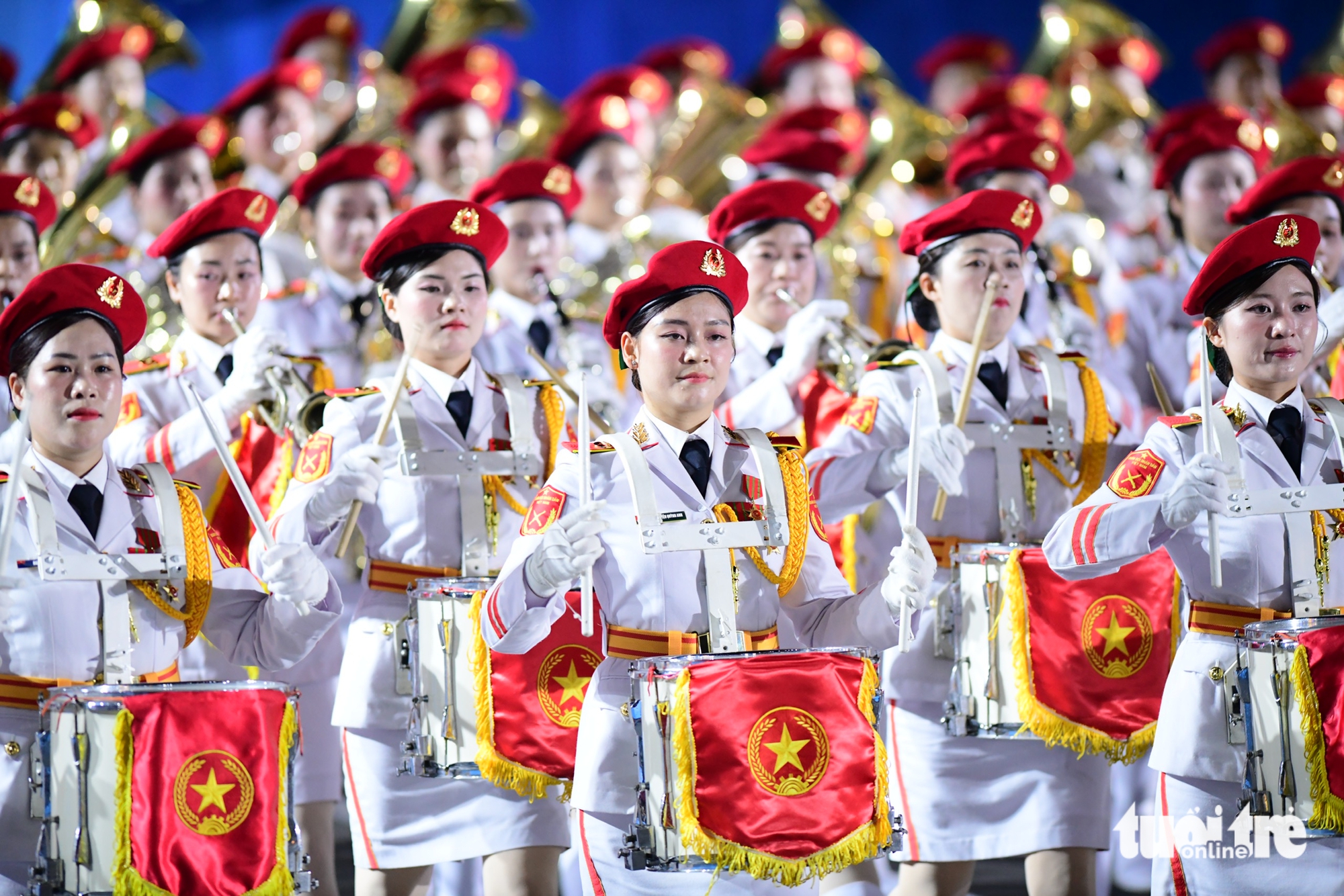



![[Photo] Prime Minister Pham Minh Chinh receives Mr. Jefferey Perlman, CEO of Warburg Pincus Group (USA)](https://vstatic.vietnam.vn/vietnam/resource/IMAGE/2025/4/18/c37781eeb50342f09d8fe6841db2426c)
![[UPDATE] April 30th parade rehearsal on Le Duan street in front of Independence Palace](https://vstatic.vietnam.vn/vietnam/resource/IMAGE/2025/4/18/8f2604c6bc5648d4b918bd6867d08396)
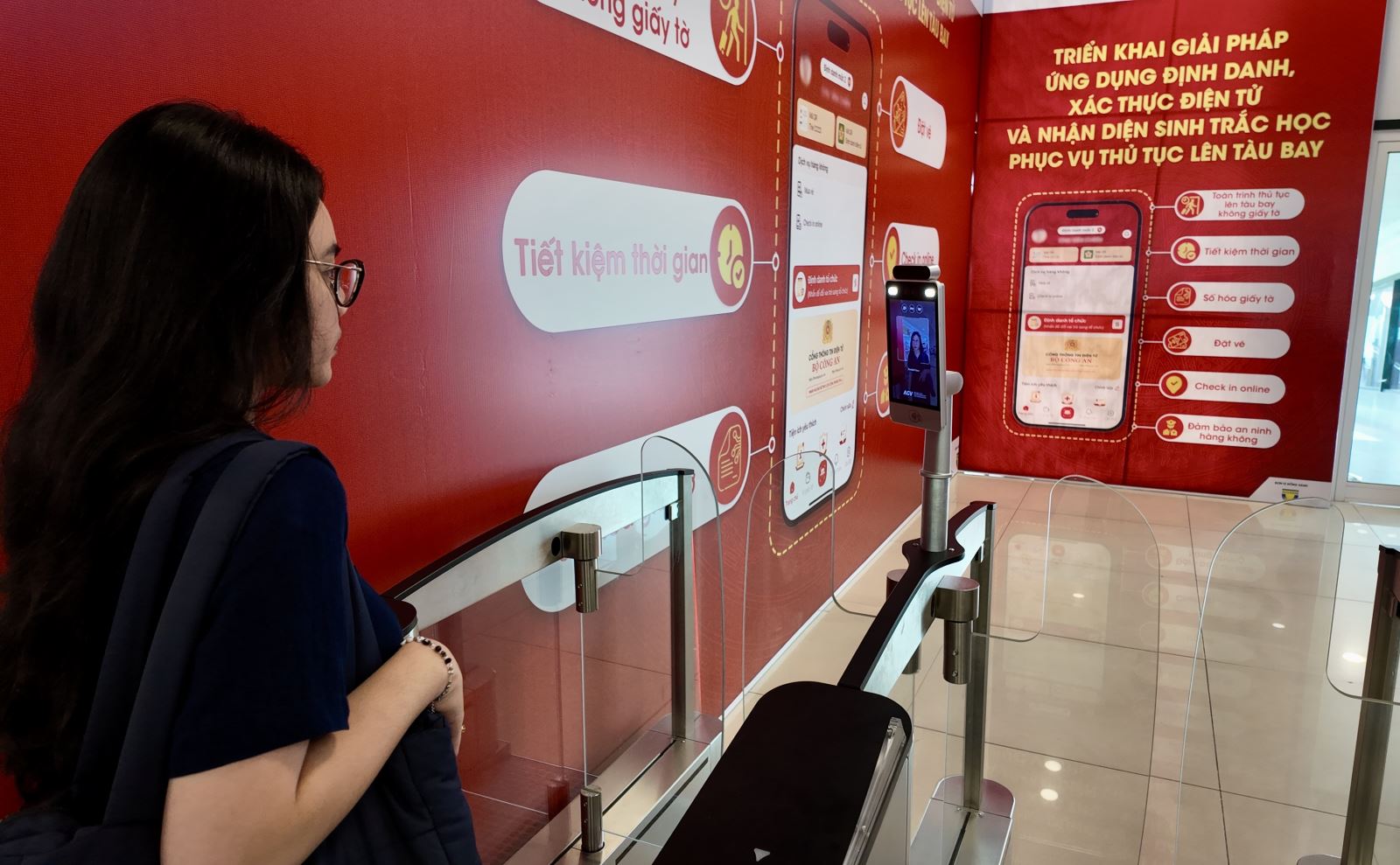



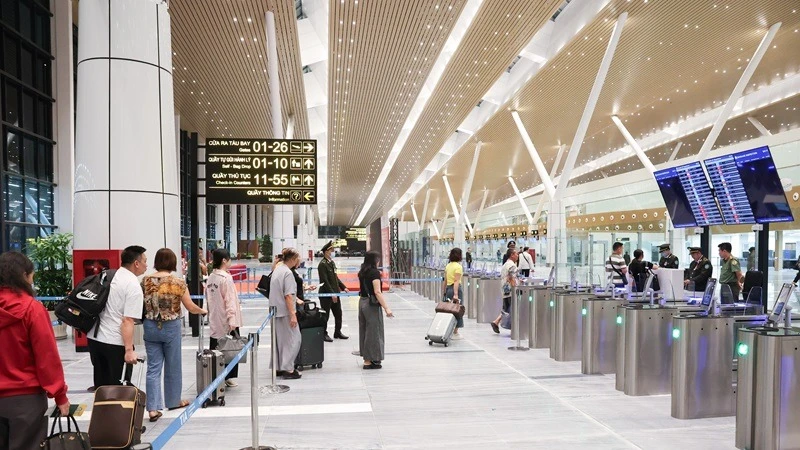







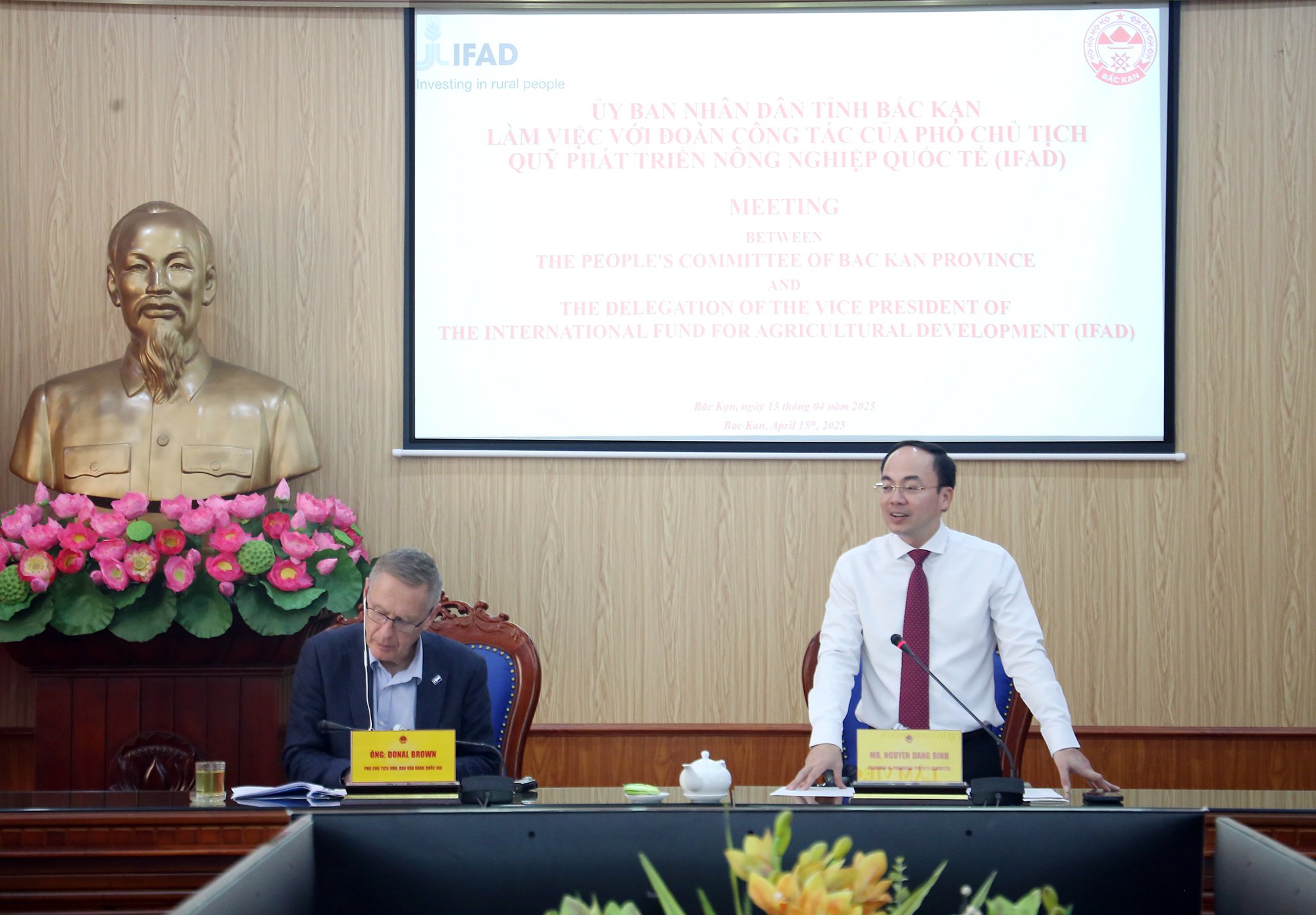

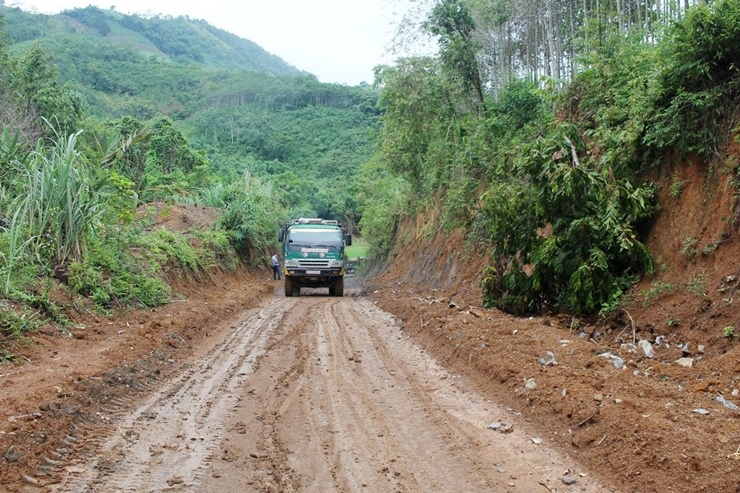

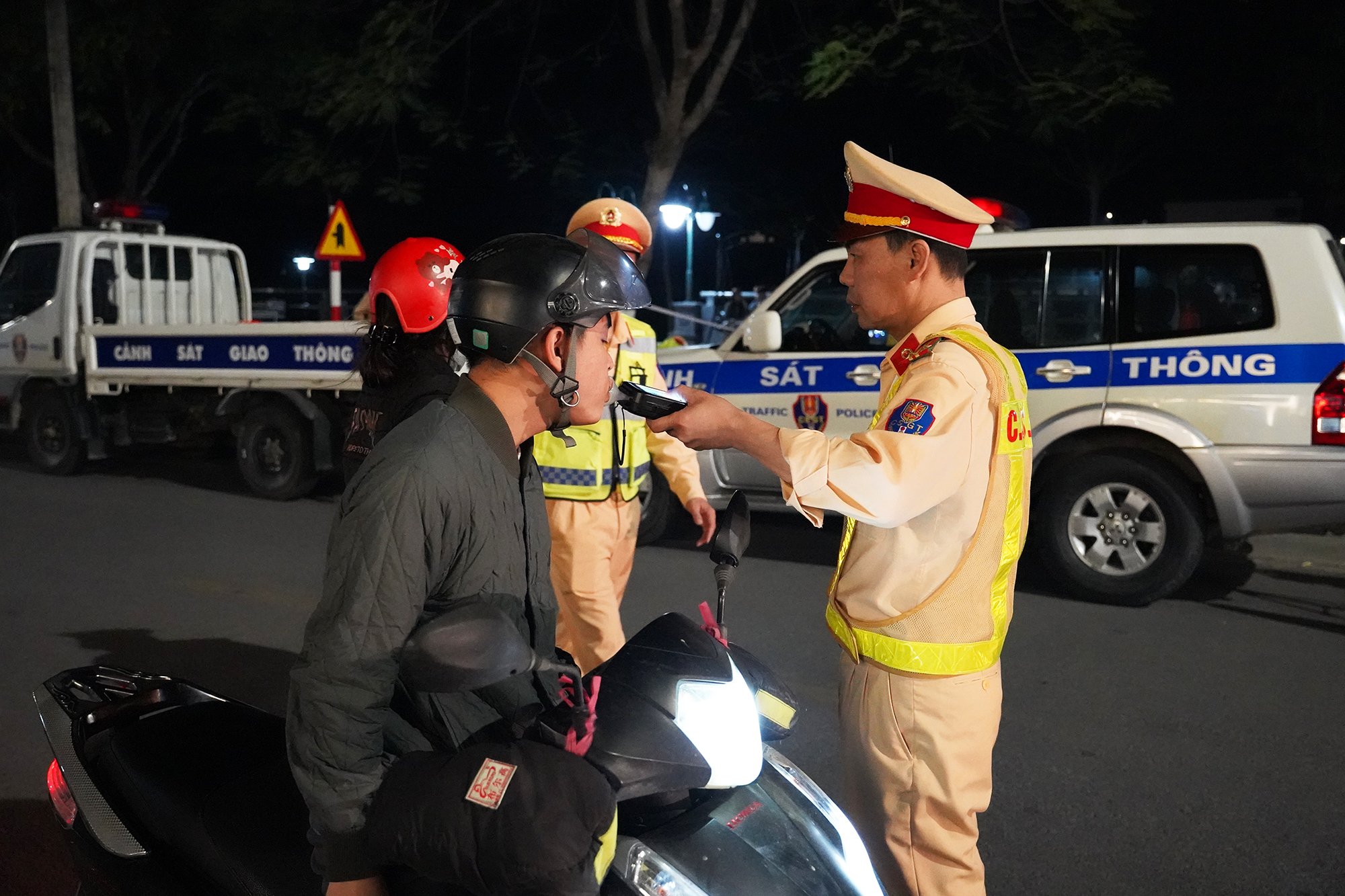






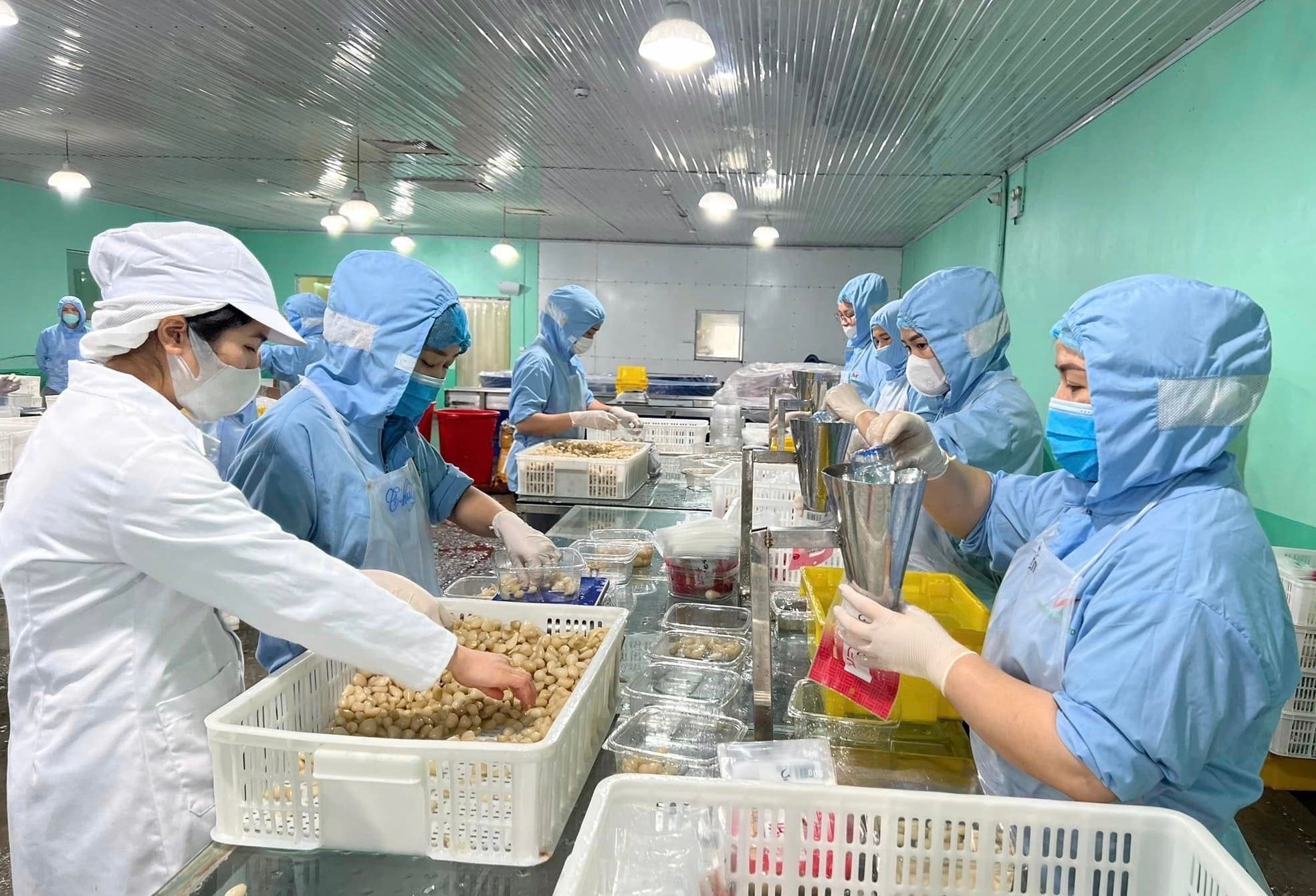
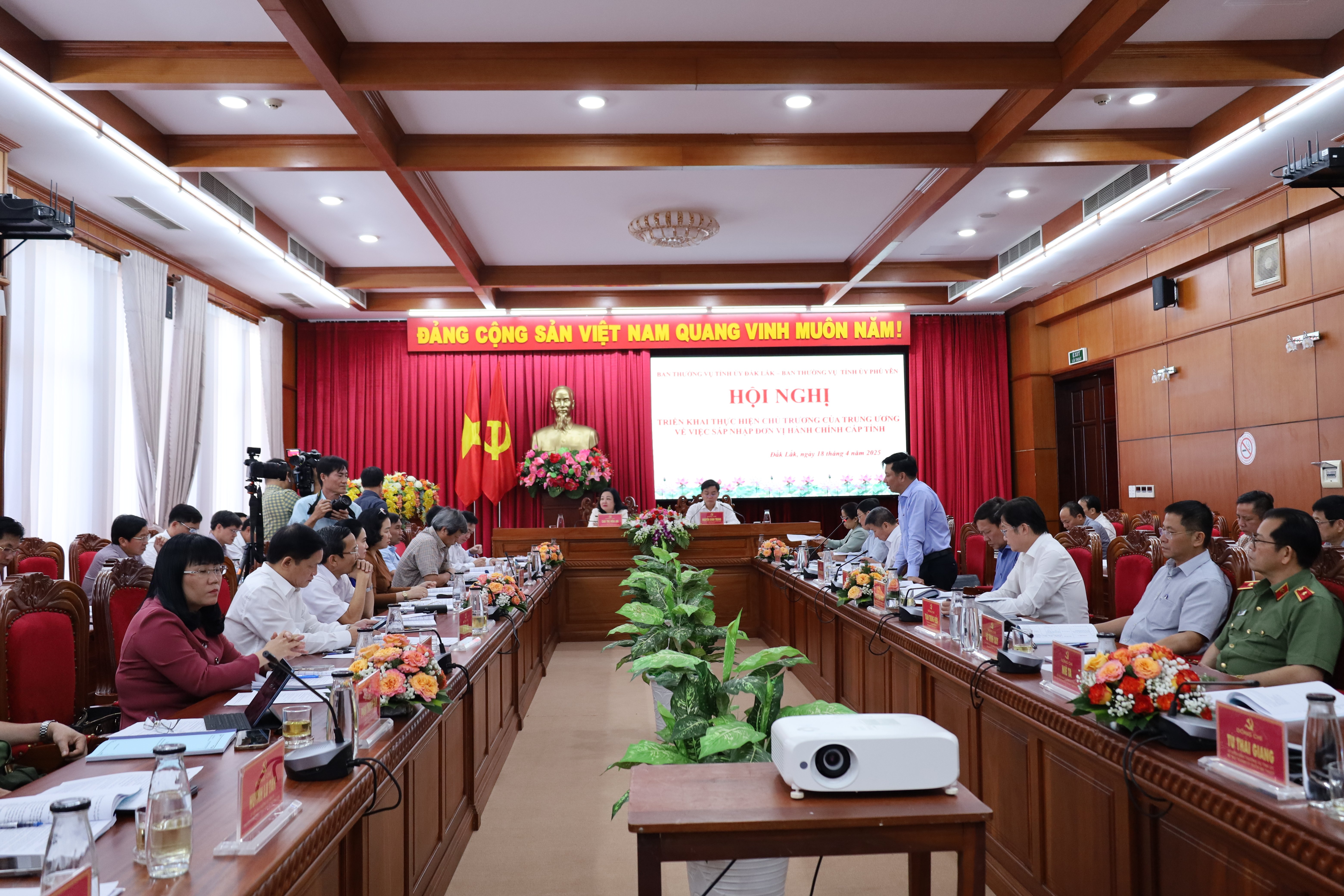
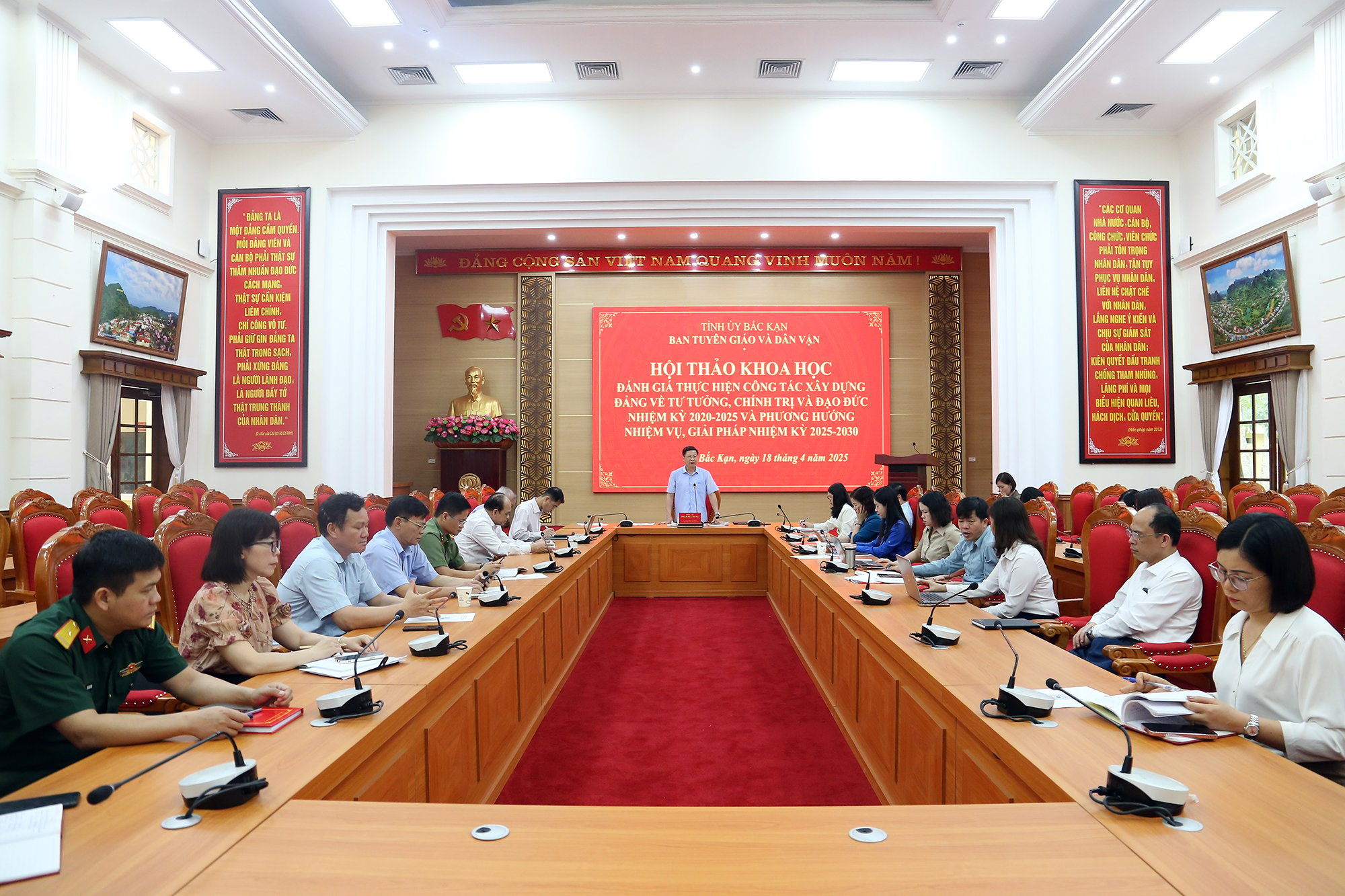
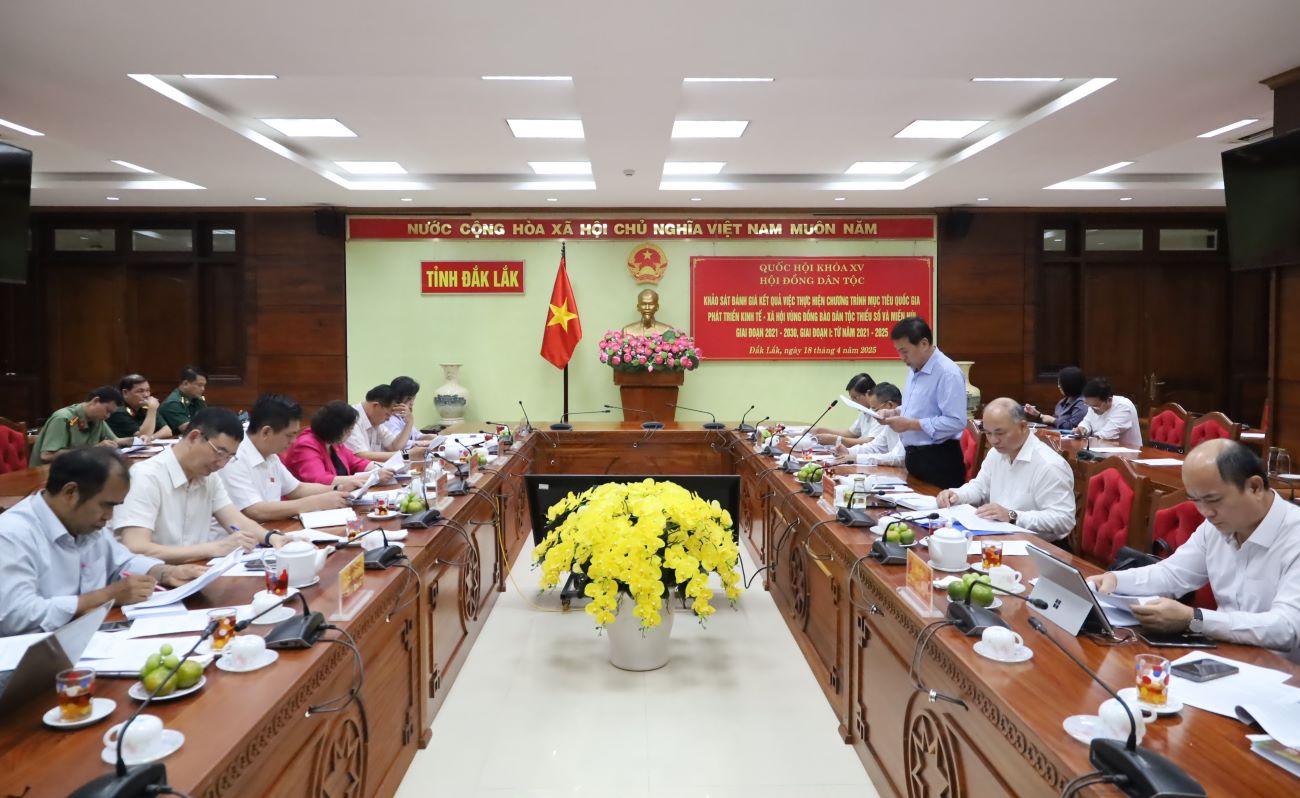


















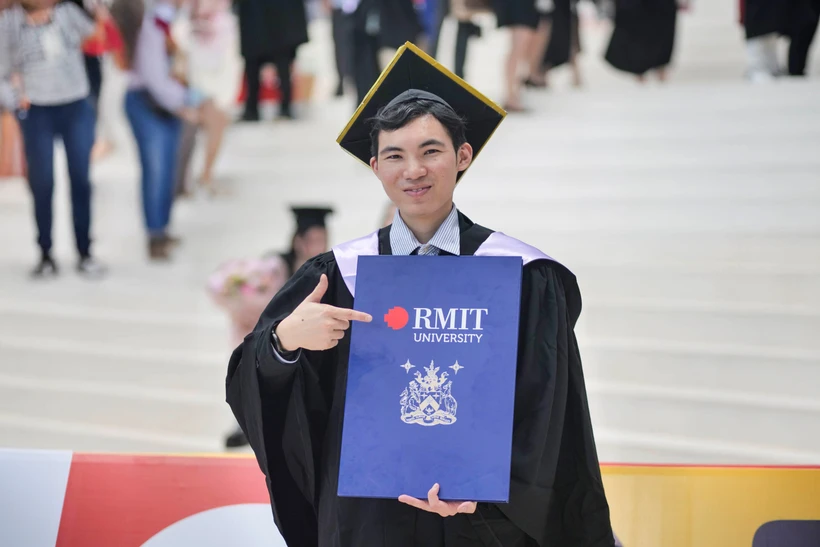







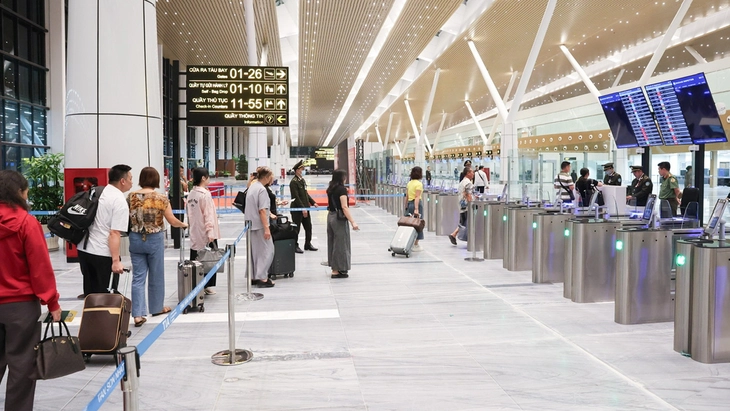


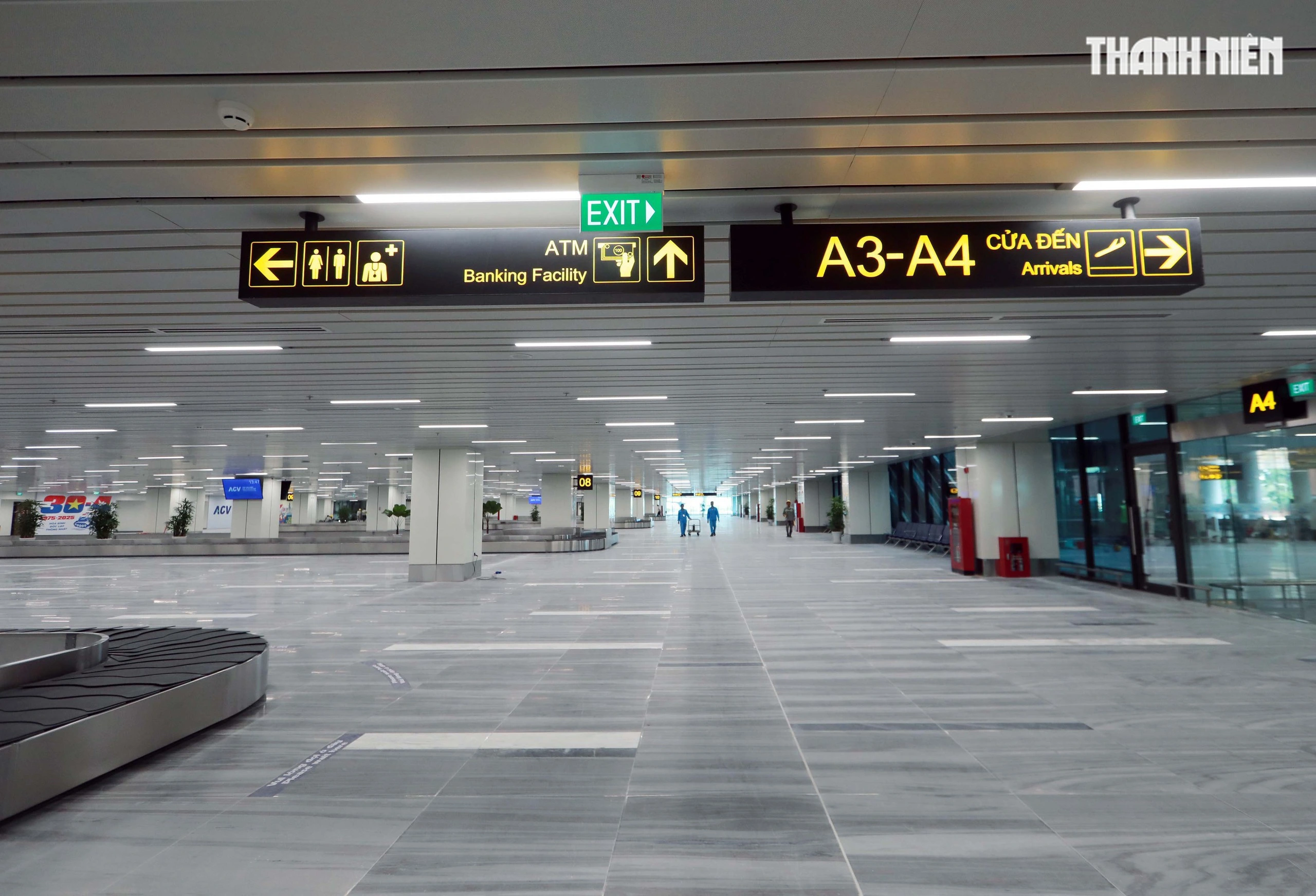
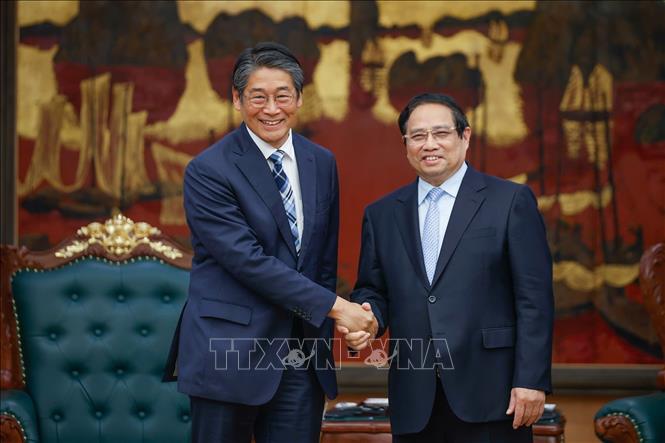










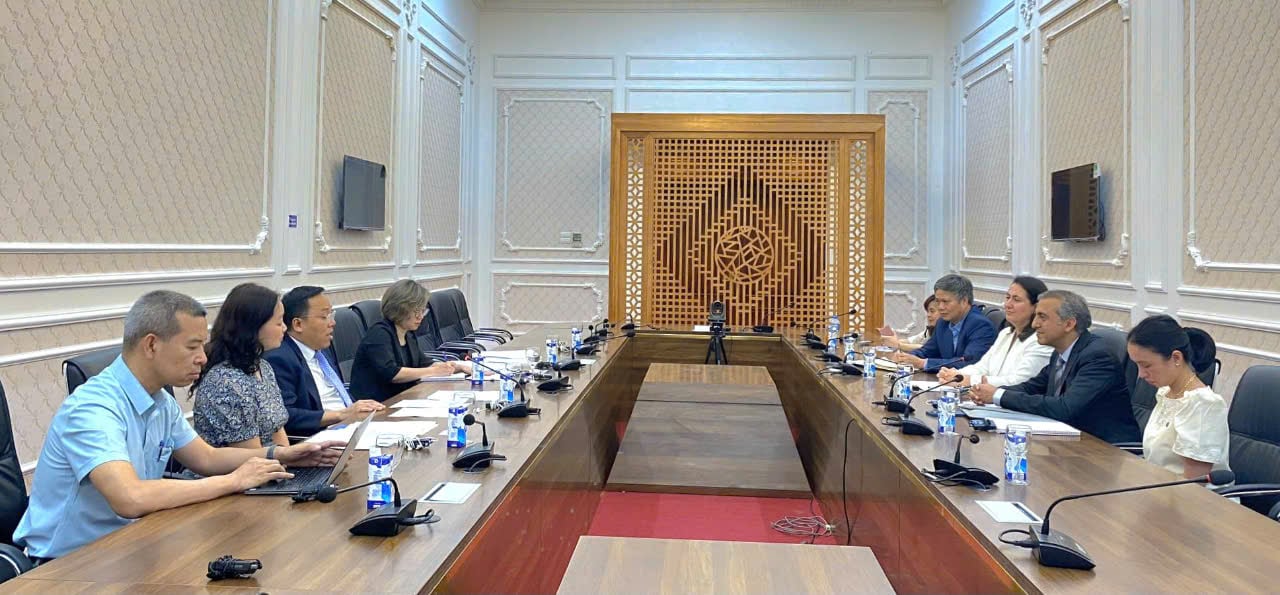
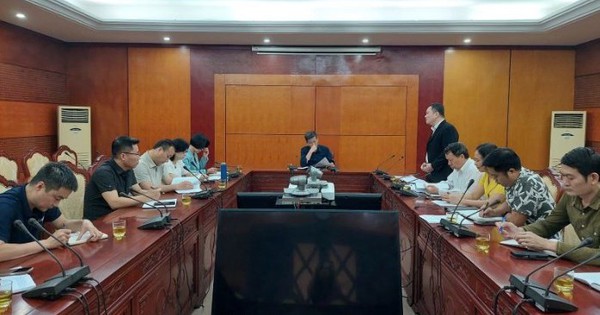














Comment (0)